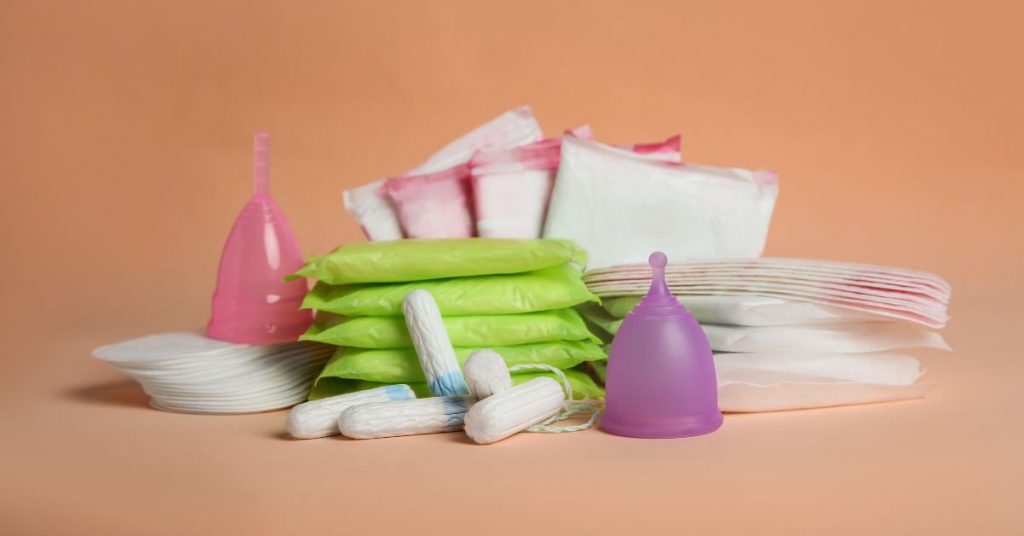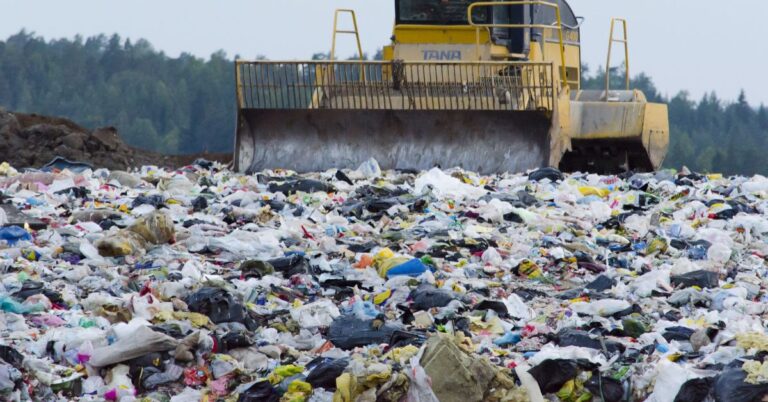
The twenty-first century is the pinnacle of environmental concern, and a wide range of stakeholders, including public and private organizations, individuals, and states around the world, are expressing this worry. The situation does not end there; the reason is aligned with/intersects with various areas where “Menstruation Practices” is the significant one.
Menstruation has always been discussed as a “women’s concern,” and this psychological grounding has contributed to the population’s ignorance of its complexities. To address the issue of how menstruation and human rights are linked, consider the environmental damage it causes.
The environmental damage is reflected in a high carbon footprint, which warms the earth and contributes significantly to global warming. According to the Menstrual Health Alliance India, it could take 500 to 800 years for a sanitary pad to decompose because the plastic used is non-biodegradable and can cause health and environmental problems. Given that 36% of menstruating females use sanitary napkins, their environmental footprint is significant. The majority of these pads are made of plastic, and each pad is equal to four plastic bags. The majority of these pads are either deposited with regular garbage, discarded in the open, buried, or burned openly. Furthermore, pads and tampons wind up in landfills before decomposing into microplastics, which pollute oceans, rivers, and beaches and poison our water. This is crucial to people’s lives on land and in the water. As a result, its effects can disrupt the ecosystem’s functioning.

Due to a lack of waste management infrastructure, this condition becomes more widespread and dangerous in rural areas. Sanitary pads are frequently burned in this area, spewing hazardous and deadly substances into the air. To give you some numbers, a single woman who menstruates will use between 5k-7k pads and tampons in her lifetime and will throw away approximately 400 pounds of period product packaging. Moreover, 432 million pads and sanitary napkins are produced in India each year, enough to cover 24 hectares of landfill.
As a result, this emphasizes the severity of the problem, which has deeper roots and has accumulated consequences over a broad horizon, namely, health, environment, and sustainability. And it depicts our progress towards various Sustainable Development Goals, such as
- Goal 3: Good Health and Well-Being
- Goal 12: Responsible Consumption and Production
- Goal 13: Climate action
- Goal 14: Life Below Water,
- Goal 15: Life on Land
As a nation, we want to meet the Sustainable Development Goals by 2030. However, almost every Indian home automatically prefers to buy plastic pads. We are drifting away from the ongoing advertisements and the monetization of the product through the idea of constant relief and accessibility.
However, given the aforementioned facts, the present time calls for a paradigm shift. As a community, we must transition towards choices that are both sustainable and beneficial to our health and the environment. There are numerous solutions available, ranging from cloth pads to menstruation cups and incinerators. What we need is a conscious reflection on our choices, our shopping patterns and how they emerge, the effects on the environment, and, most crucially, a discussion about menstruation hygiene practice as an inherent human concern and not just a women’s issue. There is a need to create consciousness among all stakeholders, from the policy arena to the market arena, in order to address this issue jointly. But regardless, individual effort is what is needed at this pace.
This year’s World Environment Day theme is “Beat Plastic Pollution,” a call to action for the global community to work together to address one of our time’s greatest environmental challenges and raise global awareness of the need to reduce the heavy burden of plastic pollution on people’s health and the threat it poses to the environment and wildlife. Let us consider this issue in a more gendered, inclusive, and conscious manner and incorporate the cause of menstrual waste into our thoughts and deeds!
Priyanka Sajja, Environment Enthusiast, Period Advocacy, TISS (Social Innovation & Entrepreneurship), Co-founder Artha Samarth Consultancy LLP (Social impact consulting firm based at Hyderabad).Abhishek Kumar Gupta is an alumnus of BHU and TISS and has previously worked with Govt. of Odisha. Currently, Abhishek is WASH & CCES consultant at UNICEF Odisha. He is passionate about Indology, awakening civilizational consciousness and growth journey of land of Bharat.
Disclaimer: The information in this blog reflects the author’s research, and personal experiences. Youth4Water Plus neither endorses, nor is responsible for the views expressed by the author.







